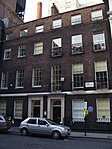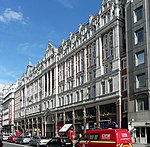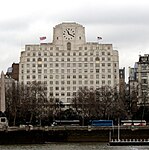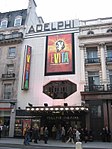Royal Society of Arts

The Royal Society for the Encouragement of Arts, Manufactures and Commerce (RSA), also known as the Royal Society of Arts, is a London-based organisation committed to finding practical solutions to social challenges.Founded in 1754 by William Shipley as the Society for the Encouragement of Arts, Manufactures and Commerce, it was granted a Royal Charter in 1847, and the right to use the term "Royal" in its name by King Edward VII in 1908. The RSA acronym is used more frequently than the full legal name (The Royal Society for the Encouragement of Arts, Manufactures and Commerce).Notable past fellows include Charles Dickens, Benjamin Franklin, Stephen Hawking, Karl Marx, Adam Smith, Nelson Mandela, David Attenborough, William Hogarth, John Diefenbaker, and Tim Berners-Lee. Today, the RSA has fellows elected from 80 countries worldwide. The RSA awards three medals – the Albert Medal, the Benjamin Franklin Medal, and the Bicentenary Medal. Medal winners have included Nelson Mandela, Sir Frank Whittle, and Professor Stephen Hawking. The RSA members are innovative contributors to human knowledge, as shown by the Oxford English Dictionary, which records the first use of the term "sustainability" in an environmental sense of the word in the RSA Journal in 1980.
Excerpt from the Wikipedia article Royal Society of Arts (License: CC BY-SA 3.0, Authors, Images).Royal Society of Arts
John Adam Street, City of Westminster Covent Garden
Geographical coordinates (GPS) Address Nearby Places Show on map
Geographical coordinates (GPS)
| Latitude | Longitude |
|---|---|
| N 51.509043 ° | E -0.12215 ° |
Address
The Adelphi (New Adelphi)
John Adam Street 1;3;5;7;9;11
WC2N 6HT City of Westminster, Covent Garden
England, United Kingdom
Open on Google Maps










